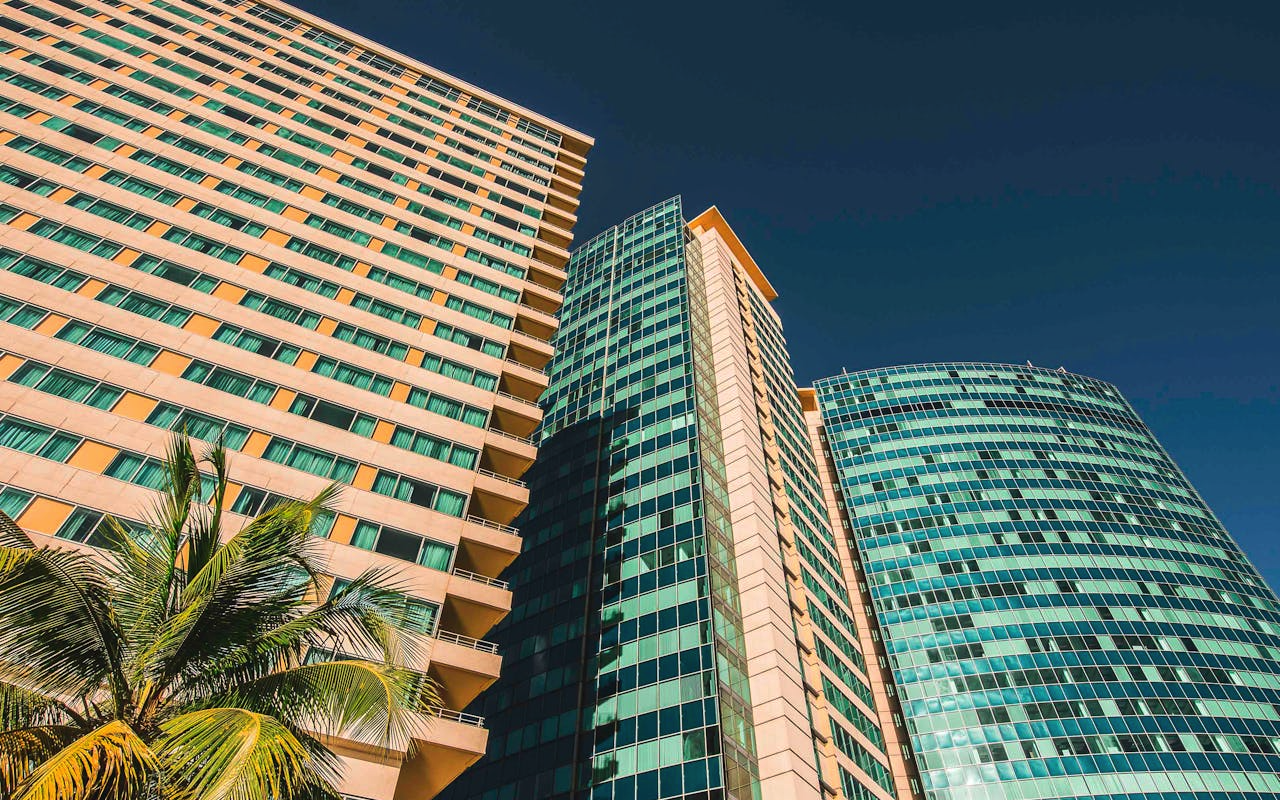
The adoption of smart building platforms has transformed the way residential, commercial, and industrial buildings operate. By integrating cutting-edge technologies such as the Internet of Things (IoT), artificial intelligence (AI), and cloud computing, these platforms optimize energy use, enhance security, and improve overall building efficiency. From reducing carbon footprints to streamlining facility management, smart building platforms are shaping the future of urban infrastructure.
In this article, we will explore real-world case studies that highlight how smart building technologies are being successfully implemented across different sectors.
Smart Building Platforms in Commercial Spaces
Case Study: The Edge, Amsterdam
One of the most renowned examples of a smart commercial building is The Edge in Amsterdam. This high-tech office space is widely regarded as one of the smartest and most energy-efficient buildings in the world. The building uses an advanced IoT-based system that connects thousands of sensors to monitor and optimize everything from lighting and heating to workspace utilization.
A key feature of The Edge is its personalized workplace environment. Employees use a mobile app to adjust lighting and temperature settings based on their preferences. The system also tracks occupancy and automatically adjusts resources to minimize waste. With AI-driven analytics, the building achieves remarkable energy efficiency, consuming 70% less electricity than traditional office buildings.
This approach aligns with innovations led by CIM, which provides smart building solutions that enable real-time energy and performance monitoring, ensuring operational excellence in commercial spaces.
Case Study: Salesforce Tower, San Francisco
Salesforce Tower, the tallest building in San Francisco, exemplifies the integration of smart building technologies in commercial real estate. The skyscraper incorporates AI-powered analytics to manage its heating, ventilation, and air conditioning (HVAC) systems efficiently. Advanced air quality monitoring ensures a healthy indoor environment by adjusting airflow based on real-time data.
The building also utilizes a state-of-the-art water recycling system that significantly reduces water waste. Additionally, its smart lighting system adapts to natural daylight levels, reducing electricity consumption. By implementing a comprehensive smart building strategy, Salesforce Tower serves as a benchmark for future commercial developments.
Smart Building Platforms in Residential Settings
Case Study: Bosco Verticale, Milan
Bosco Verticale (Vertical Forest) in Milan is an innovative residential project that merges smart building technology with sustainability. The twin residential towers are covered with over 20,000 trees and plants, which naturally regulate temperature, improve air quality, and reduce noise pollution.
The building’s smart irrigation system utilizes real-time weather data and soil moisture sensors to optimize water use, minimizing waste while keeping the greenery healthy. Additionally, energy-efficient HVAC and lighting systems are integrated with IoT controls, allowing residents to customize their living environments for maximum comfort and energy savings. Bosco Verticale demonstrates how smart building platforms can enhance residential living while prioritizing sustainability.
Case Study: The Crystal, London
The Crystal in London is a sustainable residential and mixed-use development that operates as a smart building prototype. It features an intelligent energy management system that integrates solar panels, battery storage, and rainwater harvesting to reduce environmental impact.
Smart thermostats and automated shading systems optimize indoor climate control, while predictive maintenance ensures that all systems function efficiently. The Crystal has become a model for future residential smart buildings, proving that sustainable living can be both comfortable and technologically advanced.
Smart Building Platforms in Industrial Environments
Case Study: Tesla Gigafactory, Nevada
Tesla’s Gigafactory in Nevada is a prime example of how smart building platforms can optimize industrial operations. The massive facility, responsible for producing lithium-ion batteries for electric vehicles, is designed to operate on 100% renewable energy.
The factory’s energy management system integrates AI and real-time monitoring to maximize the efficiency of its solar panels and wind turbines. IoT sensors track production performance, ensuring seamless operation with minimal downtime. Predictive maintenance algorithms analyze equipment data to prevent failures before they occur, reducing maintenance costs and improving overall productivity. Tesla’s Gigafactory showcases how smart building technologies can revolutionize industrial efficiency and sustainability.
Case Study: Siemens City, Vienna
Siemens City, the headquarters of Siemens Austria, is a smart industrial complex that integrates cutting-edge building technologies to optimize energy use and operational efficiency. The facility employs a digital twin technology that creates a virtual replica of the building, enabling facility managers to simulate and test different optimization strategies before implementing them in real-time.
Smart grid integration allows Siemens City to adjust its energy consumption based on demand fluctuations, ensuring cost-effective operations. Additionally, IoT-enabled automation streamlines manufacturing processes, making the facility a leader in smart industrial solutions.
The Future of Smart Building Platforms
As smart cities continue to evolve, the role of smart building platforms will become even more significant. Future advancements in AI, machine learning, and blockchain technology will further enhance building efficiency, data security, and sustainability. Smart buildings will not only communicate with each other but also interact with broader urban infrastructures, optimizing energy distribution, transportation, and public services.
Governments and private enterprises are increasingly investing in smart building technologies, recognizing their potential to reduce costs and carbon emissions. The continued development of regulatory frameworks and industry standards will play a crucial role in driving widespread adoption.
Conclusion
Smart building platforms are no longer a futuristic concept; they are actively shaping the way residential, commercial, and industrial buildings function today. From energy-efficient skyscrapers to self-sustaining factories, real-world case studies highlight the transformative impact of these technologies. By integrating AI, IoT, and data-driven automation, smart building platforms create more sustainable, cost-effective, and user-friendly environments. CIM continues to lead the way in optimizing building performance, ensuring that the future of smart buildings remains both innovative and efficient.
Share this post
Leave a comment
All comments are moderated. Spammy and bot submitted comments are deleted. Please submit the comments that are helpful to others, and we'll approve your comments. A comment that includes outbound link will only be approved if the content is relevant to the topic, and has some value to our readers.

Comments (0)
No comment